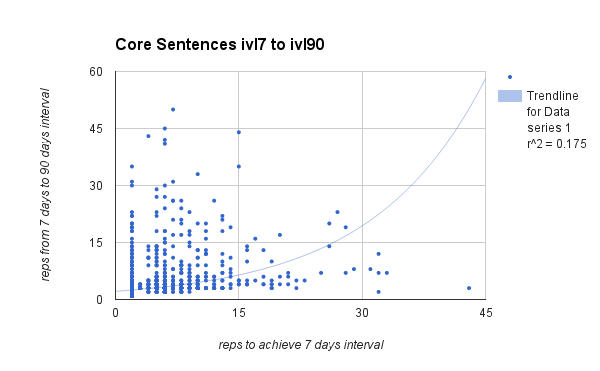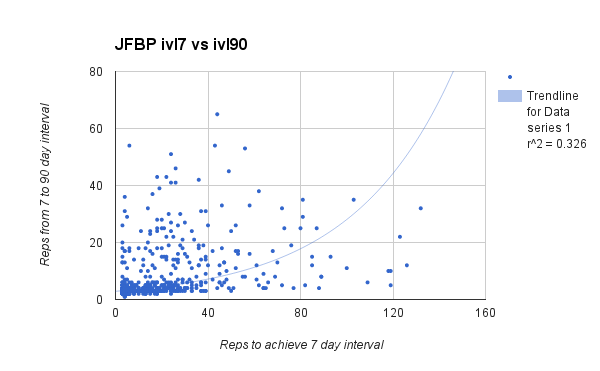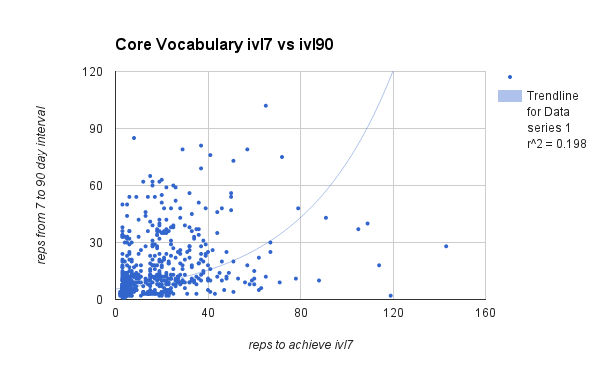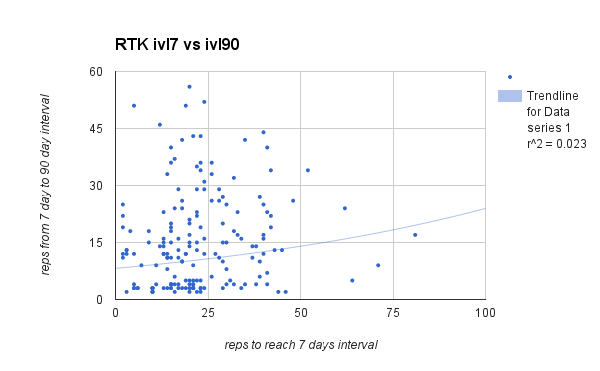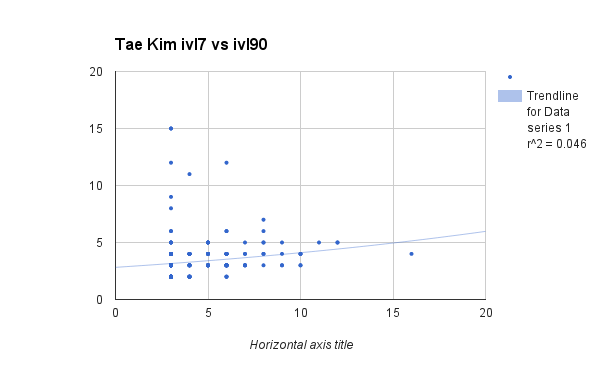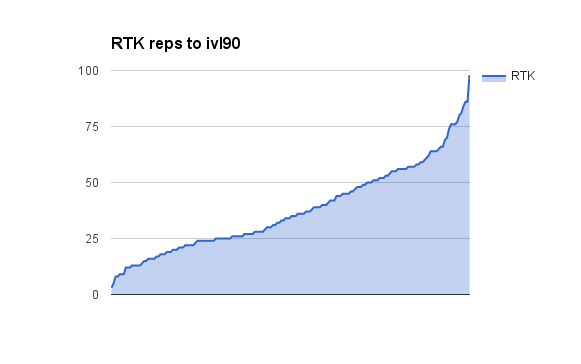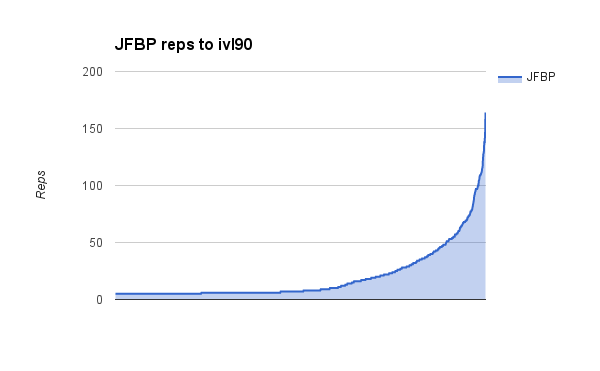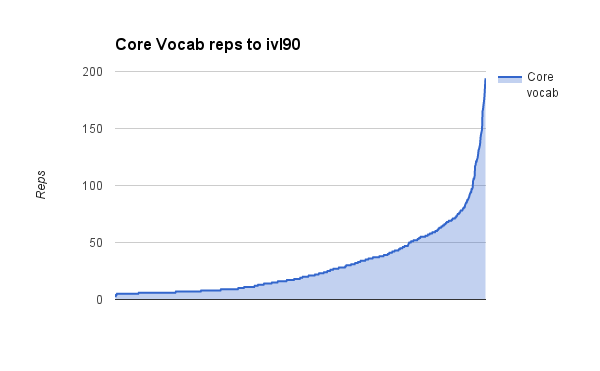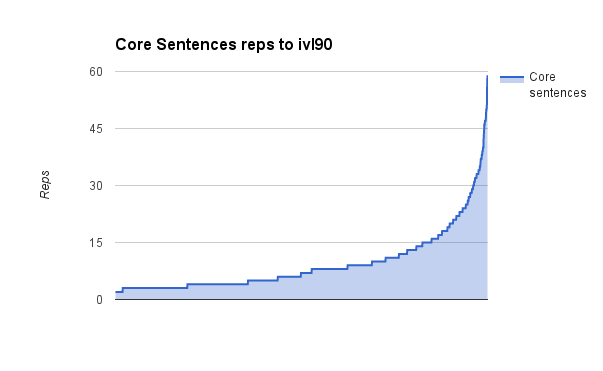Listening – Reading (L-R) is a method of language acquisition written widely about by a polish polyglot who went by many different internet noms des plumes. Phi-Staszek, siomotteikiru, nandemoii, and buonaparte are the few I know of, but there are most likely many more of her(him?).
If you click on the link, you’ll rapidly find out that the description is very confusing, but it needn’t be. The core of Listening – Reading is as simple as reading in your native language while you listen in your target language. But there are a few caveats, cautions, additional steps and guidelines below. For the most part, I’ve used the buonaparte’s own words drawn from many different threads and condensed everything down to just the essentials and edited for formatting and readability.
Buonaparte has also graciously shared a comprehensive list of materials he has prepared for this method applied to Japanese. I’ve also written a companion article summarizing buonaparte’s specific adaption of L-R for learning Japanese. All thanks go to Buonaparte.
The Materials
- A recording performed by good actors or narrators in the language you want to learn
- The original text (of the recording)
- A translation into your own language or a language you understand
- The text(s) should be long: novels are best
The Listening – Reading Method
The order ought to be EXACTLY as follows:
1. You read the translation.
If it is a text you have read many times in your life, much better. You must be passionately in love with the text you’re going to study and know it well. You only remember well what you understand and what you feel is “yours” psychologically.
2. You listen to the recording and look at the written text at the same time.
Because the flow of speech has no boundaries between words and the written text does, you will be able to separate each word in the speech flow and you will get used to the speed of talking of native speakers – at first it seems incredibly fast. If you’ve ever tried to listen to native speakers of any language, you must have noticed that at first you do not know which groups of sounds form words and that the speakers speak as if they were machine guns. The aim of STEP 2 is to cure these two small drawbacks, and at the same time to get some exposure to meaning, sounds, rhythm, intonation in L2.
* If you already understand quite a bit of the text, can recognize the boundaries between words and the speed is no longer frightening you can skip to step 3. If the speed is frightening you go on until it stops being so.
3. You look at the translation and listen to the text at the same time, from the beginning to the end of a story, usually three times is enough to understand almost everything. If you’re a fast enough reader you can read much faster than people speak, so you’re able to know IN ADVANCE the meaning of what you’re going to listen to, and to be in a position to guess at least some meaning (with a good translation almost everything) of what you’re listening to.
This is the most important thing in the method, it is right AT THIS POINT that proper learning takes place. If you’re not capable of doing it without stopping the audio, you might decide to read a page (or a paragraph) and listen to the passage once or twice and go on.
Because of the IDIOLECT of the author the first 10-20 pages might be a nightmare for some, but then it’s getting easier and easier, the longer the text the easier it becomes, but it’s still the same IDIOLECT, variation after variation on the same theme, more and more celestial music.
The aim of STEP 3 is obvious: MEANINGFUL EXPOSURE, INPUT, LISTENING COMPREHENSION. And ultimately: NATURAL LISTENING – understanding completely new texts without any crutches, you only rely on your ears and what you already know. It basically means you are able to understand NEW recorded texts (usually slightly simpler than the ones you have “listened-read”) without using any written texts, neither the original nor a translation and without having read them in L1 before. I might add here: garbage in, garbage out.
4. You repeat after the recording, you do it as many times as necessary to become fluent. Of course, first you have to know how to pronounce the sounds of the language you’re learning. Do not try to speak until you’ve reached the stage of natural listening. Blind shadowing (without understanding) is a waste of time and effort. Repeat after the speaker what you only understand (the meaning) and can hear properly (phonemes, rhythm, etc). Listen-repeat – if it’s correct: listen-repeat, listen-repeat. If it’s not correct, do not repeat any more, only listen.
5. You translate the text from your own language into the language you’re learning.
You can do the translation both orally and in writing, that’s why the written texts should be placed in vertical columns side by side: you can cover one side and check using the other one.
Caveats
- The layout of the texts to learn is very important. The original text and the literary translation should be placed in parallel vertical columns side by side.
Sensory memories – visulal (iconic) and auditory (echoic)- are very short and disappear within a second, so you get lost when you have to look for words, they should CONSTANTLY be within your eyes’ and ears’ reach. - The translation: a) interlinear, word for word (3 to 5 hours of audio) (for beginners) b) literary, but following the original text as closely as possible. Then you can check almost instantly whether you understand or not.
- Listening to a short text time and again does not mean new exposure, it is still the same mechanical repetition. It might have its merits as well: you’re exposed to sounds, rhythm and intonation, but that’s about it, nothing more.
- L-R is NOT watching subtitled movies. You CANNOT read subtitles in advance, they appear on the screen at the same time as the characters are speaking, you have no time to pay attention to what you’re (mis)hearing, you concentrate on what is going on in the movie. Quite often, subtitles in L1 have very little in common with what is actually being said in L2. By the way, L-R (reading in L1 with an occasional glance at L2 and LISTENING to L2) works MUCH, MUCH, MUCH better than just reading in L2 and listening to L2. I know, I’ve done both, girls and boys and both.
- L-R is NOT Assimil and suchlike. What makes L-R different is: 1. using long novels right from the start in fully bilingual format, with bilingual etexts in vertical columns with matching cells, side by side on ONE page, recorded by professional actors. 2. Step 3 (= listening to the target language while reading in a language you understand. 3. Using self-explanatory texts (= knowing the content beforehand, both the meaning and emotionally) 4. speaking and writing only after the incubation period, that is after getting to the stage of natural listening. 5. the Assault (= massive exposure in a relatively short time) 6. taking into account all the subsystems: pronunciation, grammar, vocabulary and discourse (= how to produce texts), discourse in textbooks is artificial and often wrong). 7. And that’s true, it IS the cheapest way of learning a language, both in terms of money and time.
How it works
GRAMMAR AND VOCABULARY are in the texts, why should you bother with lengthy and often wrong explanations? When L1 and L2 are not closely related, say English and Japanese or to a lesser extent Polish and Japanese, you might want to read some basic information about L2 grammar, but nothing more.
READING When you’ve done the right amount of listening-reading with parallel texts, you don’t have to learn the skill separately. With languages using a different script, say Japanese for Indo-Europeans (us, unlucky bastards), ‘listening-reading’ saves a lot of toil, thousands of hours compared with traditional methods using textbooks and flashcards.
WRITING After the right amount of exposure to complicated texts with full and beautiful DISCOURSE, a little bit of written retranslation from L2 to L1 should be enough. You don’t need to translate whole books, though, only the phrases or sentences you feel you wouldn’t be able to say or write yourself.
‘Listening-reading’ is a SYSTEM (a set of interdependent elements that mean something as a whole). If you skip or omit one element, the structure crumbles. Let me be stubborn once more. ‘Listening-reading’ is a system and that’s its only advantage. Not its particular components, not even STEP 3. You can incorporate some elements into your own learning, but to exploit L-R to the maximum it is much better to use it as a whole.
